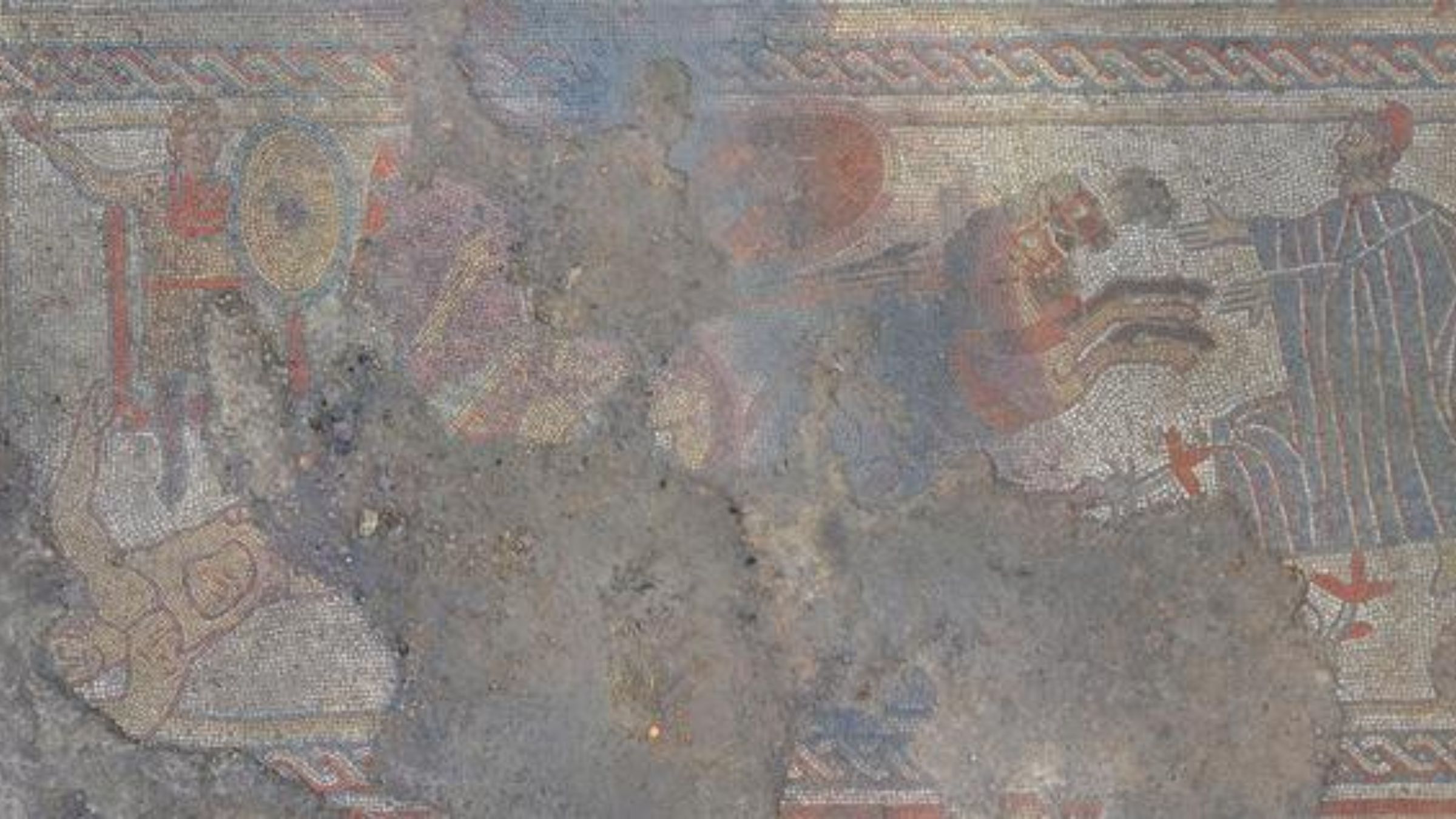The Worm Moon, the last full moon of winter 2022, rises this Friday
Look out for planets in the sky and worm poop on the ground.

March's full moon heralds the long-awaited end of winter this Friday (March 18), when it appears in the sky at 3:18 a.m. EDT, just two days before the spring equinox.
The full moon technically lasts just an instant, when the moon, sun and Earth line up, in that order, on an invisible 180-degree line, according to NASA. However, the moon will appear bright and full to skywatchers for nearly three days, from Wednesday evening (March 16) to Saturday morning (March 19).
The March moon goes by many traditional names, according to the Maine Farmer's Almanac, which began publishing Native American moon names for each month of the year beginning in the 1930s. To Northern tribes, the March moon was the Crow Moon — a reference to the cawing crows that signal the end of winter — or the Crust Moon, named for the crust of snow still present on the ground in chilly northern latitudes.
Tribes living among maple trees favored the names Sap Moon or Sugar Moon, as early spring was the time for tapping maple trees for their sweet syrup, according to NASA. Farther south, Native American tribes called the March full moon the Worm Moon, as the thawing snow often reveals a trove of earthworm casts (that is, nutrient-rich worm poop made of digested soil).
Related: 'Ring of fire' solar eclipse wows skywatchers (photos)
March's moon also figures in several religious observations. In Christianity, the moon is called the Lenten Moon if it is the last full moon of winter (which this week's full moon is), or the Paschal Moon if it is the first full moon of spring. (Lent runs from March 2 to April 14 this year.)
In Judaism, the March full moon falls near the middle of the Hebrew month of Adar. The moon coincides with the festival of Purim (beginning March 16 at sundown and ending March 17 at sundown), a holiday that commemorates the Jewish people's salvation from a royal death decree around the fourth century B.C., according to NASA.
Get the world’s most fascinating discoveries delivered straight to your inbox.
And in Hinduism, the March moon falls during the month of Phalguna, corresponding with the Holi festival, a celebration of the victory of good over evil, and the start of spring.
Anyone waking up early to catch the full moon Friday may also be treated to a procession of planets. According to NASA, Venus, Saturn and Mars will be visible near the horizon around 6:17 a.m. EDT. For precise details on how to spot our celestial neighbors, check out NASA's blog post on the topic.
Originally published on Live Science.

Brandon is the space / physics editor at Live Science. With more than 20 years of editorial experience, his writing has appeared in The Washington Post, Reader's Digest, CBS.com, the Richard Dawkins Foundation website and other outlets. He holds a bachelor's degree in creative writing from the University of Arizona, with minors in journalism and media arts. His interests include black holes, asteroids and comets, and the search for extraterrestrial life.


